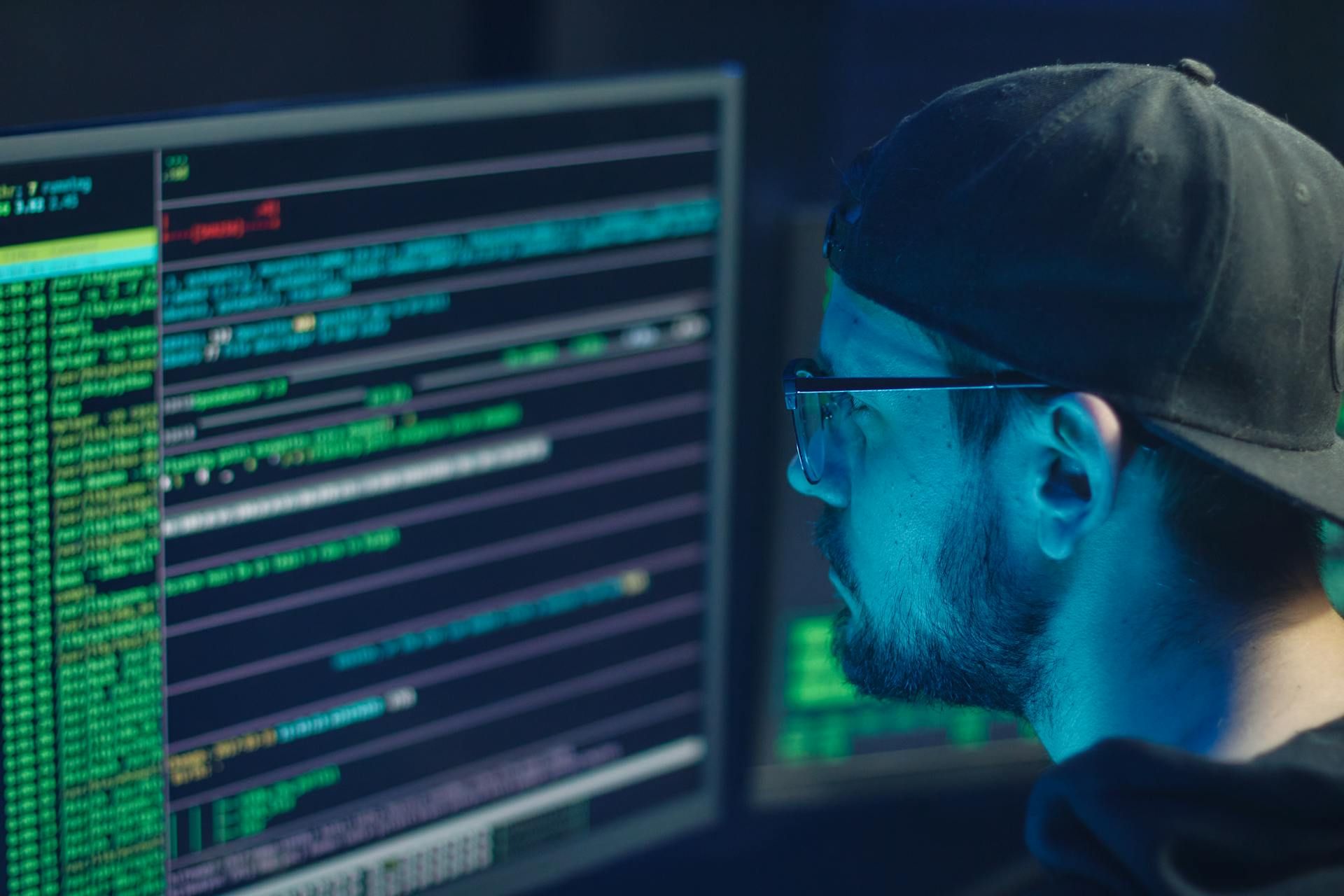
The Rise of AI-Driven Cybercrime: Challenges and Future Trends
Cybercriminals are capitalizing on the buzz around artificial intelligence (AI) to amplify their malicious activities. By harnessing AI tools, these threat actors are not only spreading ransomware and malware but also crafting sophisticated phishing scams. According to Bleeping Computer, cybercriminals have been using AI-generated deepfake content to deceive victims and distribute malware. This trend is not just a passing phase; smaller ransomware teams like CyberLock and Lucky_Gh0$t have adopted these tactics, using fake AI tool websites and installers to lure victims. The integration of AI into cybercrime has introduced new challenges for security teams, as AI-powered malware becomes increasingly sophisticated and harder to detect, as noted by KELA Cyber Threat Intelligence.
The Rise of AI-Driven Cybercrime
Exploitation of AI Tools for Malicious Intent
The surge in AI-driven cybercrime is largely due to cybercriminals using AI tools to enhance their malicious activities. These threat actors are exploiting AI hype by using AI tools as lures to spread ransomware and malware. According to Bleeping Computer, cybercriminals have been using AI-generated deepfake content to deceive victims and distribute malware. This trend has been growing since last year, with smaller ransomware teams like CyberLock and Lucky_Gh0$t adopting similar tactics.
AI tools are being impersonated to trick users into downloading malicious payloads. For instance, CyberLock ransomware is delivered through a fake AI tool website, posing as a legitimate service to lure victims with offers of free subscriptions. Once the ransomware is executed, it encrypts files and demands a ransom in cryptocurrency. Similarly, Lucky_Gh0$t ransomware is disguised as a fake ChatGPT installer, which includes legitimate AI tools to evade detection. This approach highlights the sophisticated methods cybercriminals use to exploit AI tools for malicious purposes.
AI-Powered Malware and Ransomware
AI-powered malware and ransomware are becoming increasingly sophisticated and harder to detect. As reported by KELA Cyber Threat Intelligence, there has been a 200% surge in mentions of malicious AI tools on cybercrime forums. AI is being used to automate attacks, craft sophisticated phishing scams, and develop evasive malware. This makes it challenging for security teams to defend against these threats.
The use of AI in malware development allows cybercriminals to create adaptive malware that can bypass traditional security measures. AI-driven malware can analyze and learn from its environment, making it more effective in evading detection. This has led to an increase in AI-powered ransomware attacks, where attackers use AI to identify vulnerabilities and exploit them to deliver ransomware payloads.
Social Engineering and Phishing Scams
AI is also being used to enhance social engineering and phishing scams. Cybercriminals are leveraging AI to create more convincing and personalized phishing emails, making it harder for victims to identify fraudulent messages. According to Exploding Topics, AI is supercharging phishing and deepfake scams, making social engineering attacks more effective.
AI-driven phishing scams can analyze large datasets to identify potential targets and craft personalized messages that increase the likelihood of success. This has led to a rise in AI-powered phishing campaigns, where attackers use AI to automate the process of sending phishing emails and managing responses. As a result, organizations are facing an increased risk of data breaches and financial losses due to these sophisticated phishing attacks.
Evasion Techniques and Detection Challenges
The integration of AI into cybercrime has introduced new evasion techniques that challenge traditional detection methods. AI-driven malware can adapt its behavior to avoid detection by security systems. This includes using AI to identify and bypass security measures, making it difficult for security teams to detect and respond to threats.
As noted by ZDNet, AI-driven malware is becoming harder to detect, and security teams must adapt their strategies to address these challenges. This includes implementing AI-powered security solutions that can analyze and respond to threats in real-time. However, the rapid evolution of AI-driven cybercrime means that security teams must continuously update their defenses to keep pace with emerging threats.
Economic Impact and Future Trends
The economic impact of AI-driven cybercrime is significant, with global cybercrime damages projected to reach $10.5 trillion annually by 2025, as reported by TrustNet. This highlights the urgent need for organizations to adopt robust cybersecurity measures to protect against AI-powered threats.
The future of AI-driven cybercrime is likely to see further advancements in the use of AI for malicious purposes. Cybercriminals will continue to exploit AI to automate attacks, develop more sophisticated malware, and enhance social engineering tactics. As a result, organizations must invest in AI-powered security solutions and stay informed about the latest trends in AI-driven cybercrime to effectively defend against these evolving threats.
Final Thoughts
The rise of AI-driven cybercrime presents a formidable challenge for cybersecurity professionals and organizations worldwide. As AI tools become more sophisticated, so do the methods employed by cybercriminals. The economic impact is significant, with global cybercrime damages projected to reach $10.5 trillion annually by 2025, according to TrustNet. To combat these threats, organizations must invest in AI-powered security solutions and continuously update their defenses. The future of AI-driven cybercrime will likely see further advancements in the use of AI for malicious purposes, making it imperative for security teams to stay informed and proactive in their defense strategies.
References
- Bleeping Computer. (2025). Cybercriminals exploit AI hype to spread ransomware and malware. https://www.bleepingcomputer.com/news/security/cybercriminals-exploit-ai-hype-to-spread-ransomware-malware/
- KELA Cyber Threat Intelligence. (2025). AI threat report. https://www.kelacyber.com/resources/research/2025-ai-threat-report/
- Exploding Topics. (2025). AI cybersecurity. https://explodingtopics.com/blog/ai-cybersecurity
- ZDNet. (2025). How AI will transform cybersecurity in 2025 and supercharge cybercrime. https://www.zdnet.com/article/how-ai-will-transform-cybersecurity-in-2025-and-supercharge-cybercrime/
- TrustNet. (2025). The rise of AI-driven cyber threats in 2025. https://trustnetinc.com/the-rise-of-ai-driven-cyber-threats-in-2025/



